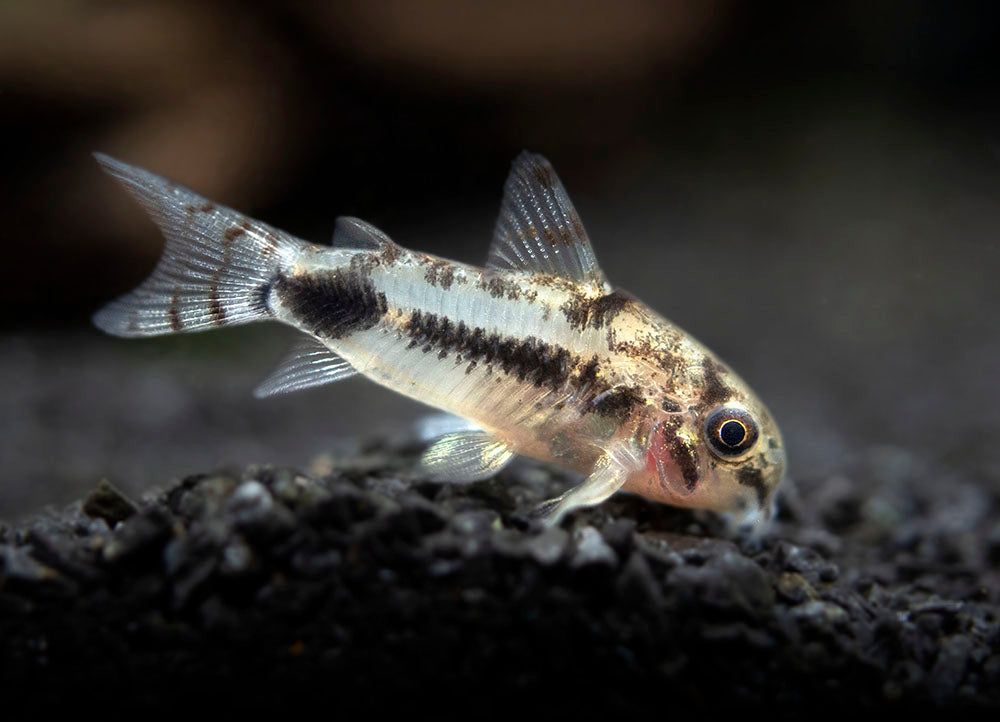Richee
Fish Fanatic
I was going off of the walsted method , and father fish , not sure if you’re are familiar with those methods.This is much too warm. Provide the sources for anyone saying 79, I have this info from Ian Fuller and no one knows more about cories. I will say here that things like this are not in themselves the issue, but they weaken the fish making them susceptible to other issues. And nitrates at 20ppm is too high, if that is what they are.
The dirt under the sand is a problem. Such substrates cause issues with water quality until they are settled (about six months), and cories should never be over such things as they like to dig. There are bacterial issues with dirt.
They say that the organisms that are in the dirt are beneficial and are more likely to find something harmful in your clean tank than anything from outside you get from a stream and put it into your tank. The fish live in the wild over dirt and sand anyways
, he’s got tanks over 20 years old that he’s never done a water change too and everything is thriving
Now the Cory temps could be wrong but everything I’ve read says 79 is the max

Salt and Pepper Pygmy Cory Catfish (Corydoras habrosus)
The Salt and Pepper Pygmy Cory Catfish is a very popular and active nano fish that is not often available. We are glad to offer tank-raised specimens!
aquaticarts.com
Last edited:


